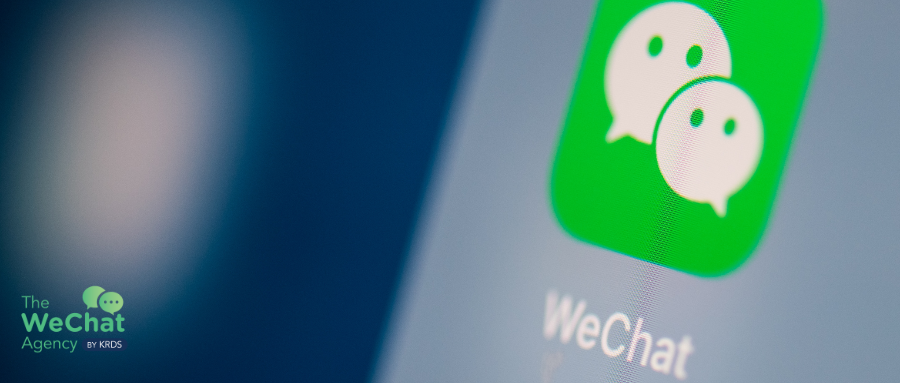1.What’s the secret sauce behind Miu Miu’s APAC success?
- Regaining its position as “the hottest brand in the world” from Lyst, Miu Miu keeps up its winning streak and expects to reach its peak of popularity in the second quarter of 2024.
- The first quarter of 2024 saw an 89 percent year-over-year increase in the brand’s revenue, which greatly boosted Prada Group’s total revenue.
- Miu Miu’s success is fueled by its rapid expansion in China, Japan, and South Korea; in the Asia-Pacific area, sales have increased by 24% annually.
- When localising their marketing in Asia, brands should think about forming genuine alliances with Asian influencers and organising events with a focus on the regional market.
- Brands looking to connect with Chinese consumers can consider adopting a similar strategy, as the brand’s wide range of products, which includes fashionable items like viral crystal panties, has contributed to its continuous success.
LINK: https://jingdaily.com/posts/what-s-the-secret-sauce-behind-miu-miu-s-apac-success
2.On May Day, Gen Zers in China “reverse travel.”
- Travel during the Labour Day holiday in China: Over the course of five days, an estimated 270 million trips are anticipated, exceeding pre-pandemic levels of travel.
- Reverse Travel Trend: In an effort to escape the crowds, young Chinese tourists are choosing “reverse travel,” looking for off-the-beaten-path and niche destinations for more tranquil and distinctive travel experiences.
- Increase in Tour and Hotel Bookings: Compared to 2019, domestic travel and hotel reservations have doubled. The most popular locations are large cities and well-known counties like Pingtan in Fujian, Shangri-La in Yunnan, and Dunhuang in Gansu.
- Reverse travel places a strong emphasis on slow travel and reestablishing a connection with nature. Tourists visit locations like Gansu, Yunnan, and Dunhuang to experience cultural tourism.
- Opportunities for Brands: Hospitality and retail brands can benefit from offering personalized, diverse travel experiences outside major cities to cater to Chinese millennials and Gen Z consumers seeking mindful and local connections.
LINK: https://jingdaily.com/posts/how-to-lure-high-spending-chinese-travelers-in-2024
3.Gross vs. glam: China’s office wear trends reflect work attitudes
- Characterised by tight pencil skirts and fitted blazers, the “office siren” trend represents a romanticised vision of corporate life, embodying the image of a powerful, stylish woman navigating the professional world.
- There’s also a growing trend of embracing “gross outfits” among Chinese workers, serving as a rebellion against traditional work expectations.
- Although microtrends change frequently, they hold significant implications for the fashion industry, influencing product offerings and brand strategies, as evidenced by the rise of Barbiecore and Maillard style.
- Brands need to revise the way they engage and communicate, adopting a more granular, personalised approach to remain relevant with younger demographics.
LINK: https://jingdaily.com/posts/office-siren-gross-outfits-work-china-gen-z
4.Xiaohongshu “Luxury Industry 520 & Mother’s Day” Marketing Strategy
More and more users are hunting for gifts on Xiaohongshu for ‘520 & Mother’s Day’. Young, ritual-loving consumers are the main players in the gift economy there. How should brands nail the timing?
- Luxury industry traffic is up, and it’s making a big impact on festivals. It’s estimated that luxury search volume during this year’s 520 will jump by 58%.
- Jewellery, clothes, bags, watches are the top categories hotly discussed during 520 on the luxury track.
- For Mother’s Day, necklaces are the hottest item. Chains and knotted bracelets grow the fastest.
- People love products with good vibes, like lucky jade or beads.
- Brands need to start planning 3 weeks in advance and revamp strategy specifics for the jewellery, watch, and bag industries.
LINK: https://mp.weixin.qq.com/s/IQnryCROVhTEIBmB5ETj7A
5.Chinese people consume on average 16 cups of coffee a year, as revealed by the Shanghai International Coffee Culture Festival
- China’s coffee industry amassed a staggering 265.4 billion RMB (approx. 36.66 billion USD) in scale last year, with an average per capita annual consumption of 16.74 cups. In 2023, the number of coffee establishments in Shanghai reached 9,553, surpassing the national count.
- Coffee Carnival is running in Shanghai between 30 April to 4 May. The Carnival introduces premier international coffee brands like Starbucks, Lavazza, COSTA, %Arabica, Luckin, and McCafé, alongside over 50 esteemed local coffee shops.
- Takeaway, payment, and social media platforms initiated the “Drinking in the City” campaign in Shanghai, poised to invest nearly 100 million RMB (approx. 13.8 million USD) into the consumer market.
- The explosion of local brands driving innovation in China’s coffee market, prompting global coffee brands to shape a distinct “Oriental taste.”

